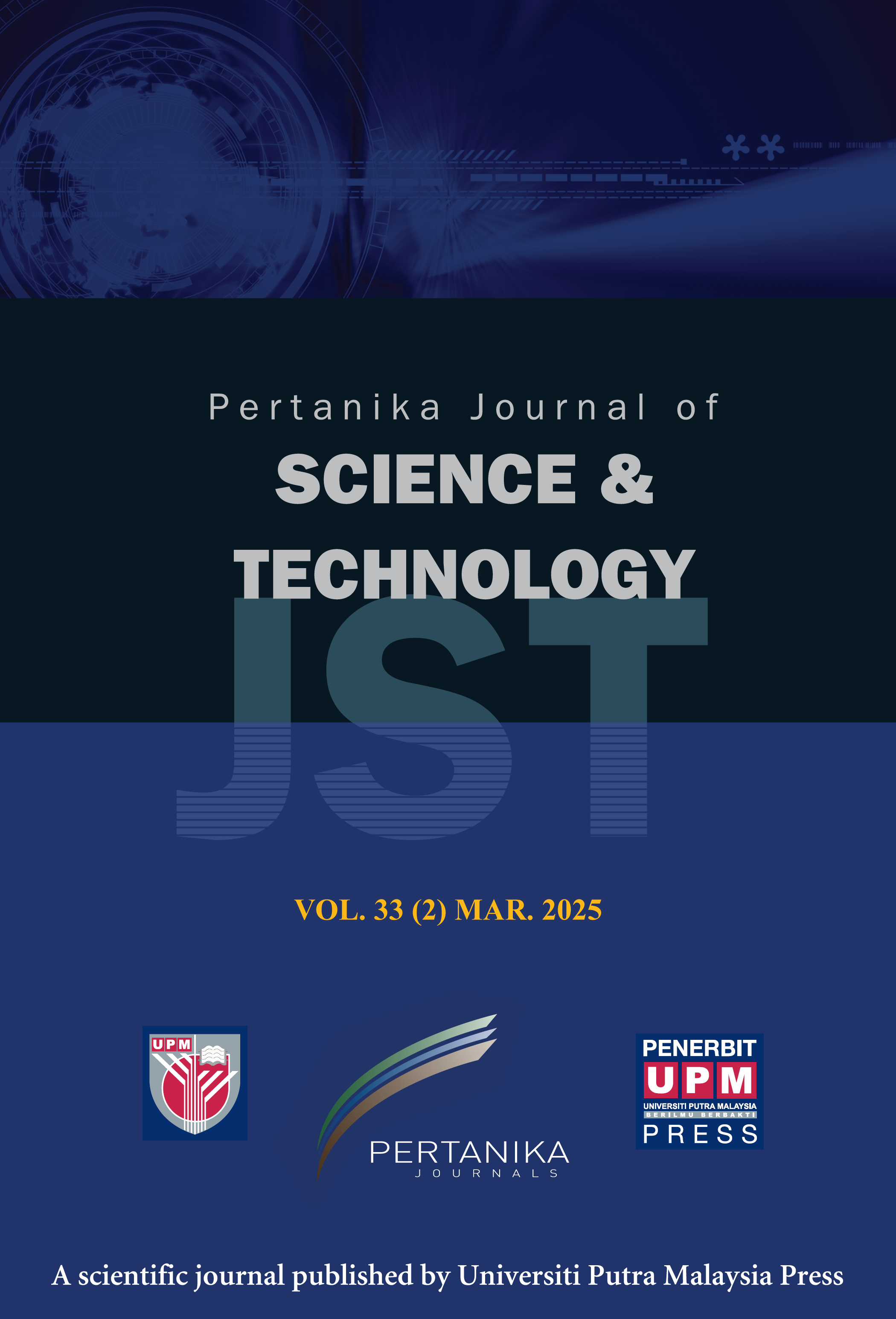PERTANIKA JOURNAL OF SCIENCE AND TECHNOLOGY
e-ISSN 2231-8526
ISSN 0128-7680
Considerations of Earth Resistance Reduction Agent Studies
Muhammad Noh Hamzah, Mohd. Zainal Abidin Ab Kadir, Shafreeza Sobri, Chandima Gomes and Syahrun Nizam Md. Arshad Hashim
Pertanika Journal of Science & Technology, Pre-Press
DOI: https://doi.org/10.47836/pjst.33.6.01
Keywords: Earth resistance, inhomogeneous soil, soil resistivity
Published: 2025-09-25
Earth resistance reduction agent (ERRA) studies are done to determine the best-performing material in different orientations and arrangements of earthing systems. Most studies in the past have adopted the installation of a row of earthing systems with ERRAs, using a single reference earthing. This is plausible only if the soil is highly homogeneous in its horizontal breadth and vertical depth soil resistivity attributes, so the comparisons can be made justly and accurately. This paper will demonstrate, using earth soil resistivity and electrode resistance values, that assuming a homogeneous soil in both horizontal and vertical directions can lead to misleading interpretations of the ERRA studies. A combination of earthing electrodes that are untreated and treated with ERRAs is used to demonstrate this issue. Soil resistivity and earthing resistance measurements were done for comparison purposes. Results found that the soil in the tested premises is inherently inhomogeneous. Earth resistance values of untreated soil were found to be 127.90, 45, 46.26, 35.84, 115.11, 51.95, 60.95, and 41.16 Ω, respectively. In comparison, earth resistance values of treated soil were found to be 617.33, 178.91, 163.75, and 148.23 Ω, respectively. Suggestions to effectively improve ERRA studies are then outlined in this paper, too.
ISSN 0128-7702
e-ISSN 2231-8534
Share this article

